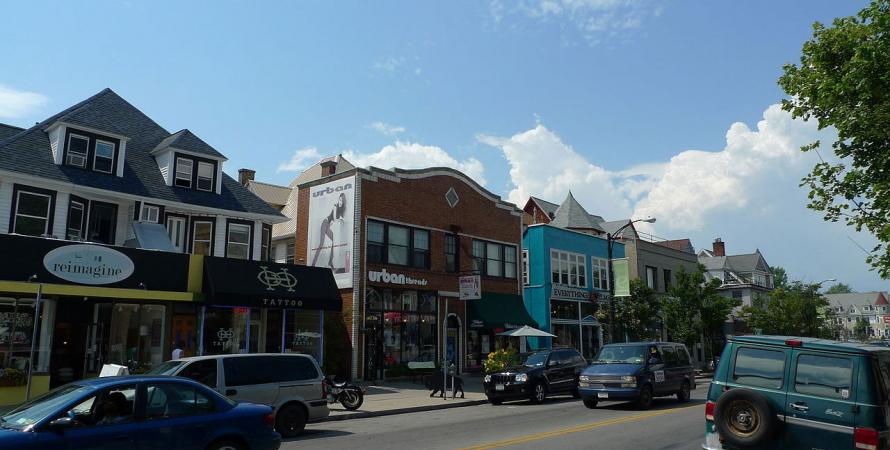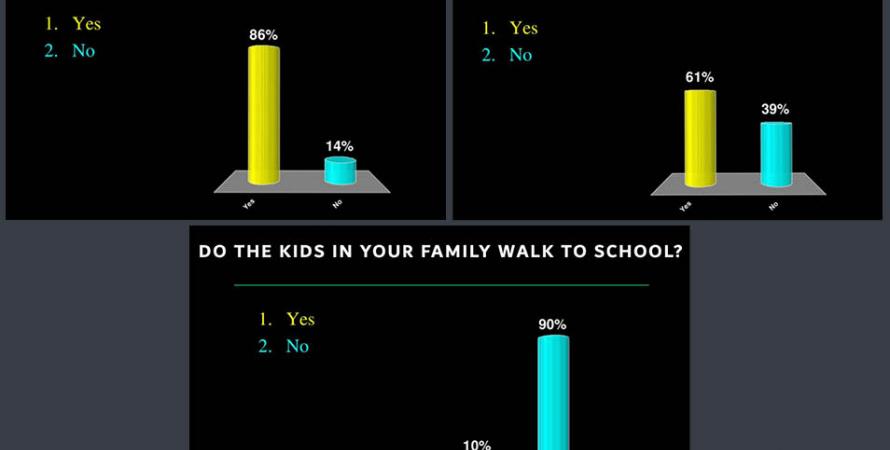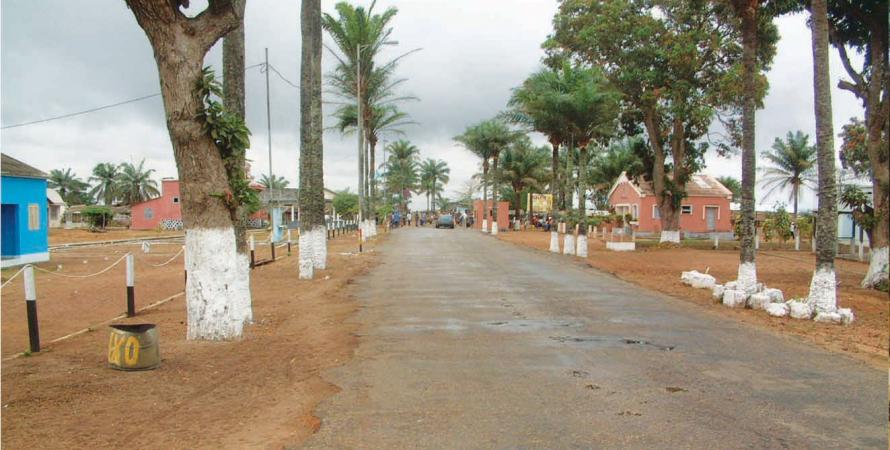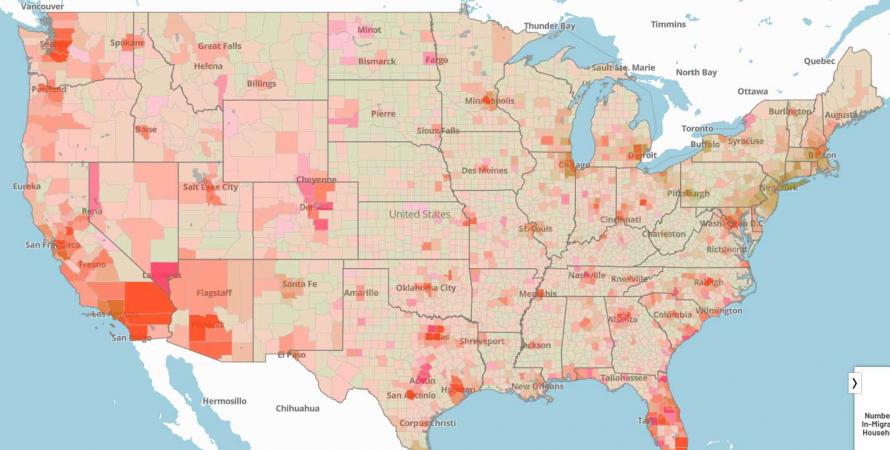-

A checklist of local government reform
Here's an outline of what municipalities can do to promote walkable urban development.As an incremental developer, principal in an urban design and architecture firm, and an urbanist, I constantly deal with institutional barriers to walkable urban places. Here is my list of pragmatic reforms that would greatly improve land-use planning and development in municipalities across the US...Read more -

Walking to school, three generations
Urban designer Victor Dover asked an audience of adults at a public event three questions about walking to school that reflect how our built environment has changed over the course of three generations in the US. Above are the results. Children used to regularly walk to school, which gave them...Read more -

New sustainable city underway in Angola
Caio Verde, in the province of Cabinda, Angola, Africa, combines "an outstanding urban plan with a stunning natural environment," according to the 2006 Charter Award.Editor's note: After more than a decade, it's good to get news of a large-scale Charter Award winning project in another part of the world under construction. This interview originally appeared in Bizcommunity.com. Caio Verde is a new sustainable city currently under development in the Angolan...Read more -

Real estate markets revealed
An interactive map by Zimmerman/Volk Associates offers a detailed view of migration and mobility in counties nationwide.Geography and demographics geeks might want to check out a unique new resource—a fascinating interactive map with local information on real estate markets. The map was created by Zimmerman/Volk Associates (ZVA), the firm that invented the target market method of real estate market research. This...Read more